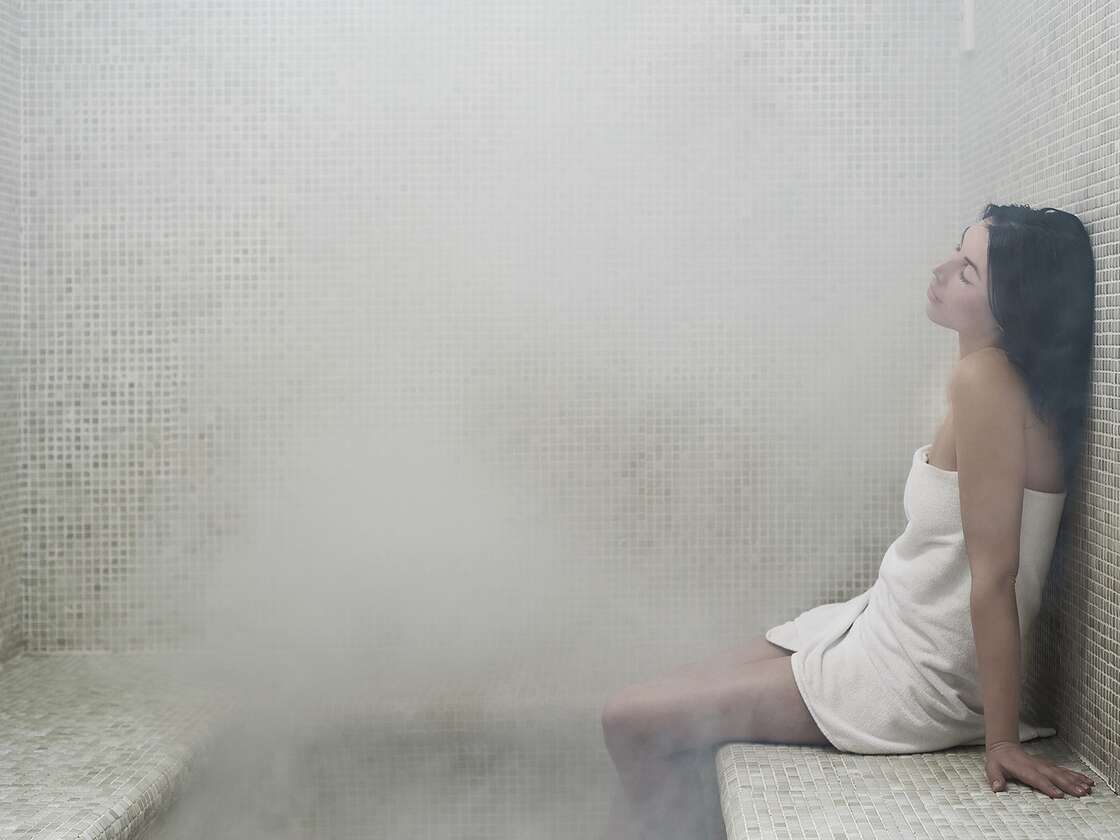Turkish baths are very different from Russian ones and are based on ancient Roman baths and Arabic hamams. Hamams in different countries, such as Turkey, Syria, Morocco, Uzbekistan, Iraq, the Emirates, Libya, Tunisia and others, practically do not differ from each other. They represent a significant cultural phenomenon of Islam, which transcends hygiene and wellness procedures.
Hamam is built on the principle of a palm, with five niches coming out of one center. The architectural style of the hamam is distinguished by luxurious decoration with mosaics and fountains, as well as pools with water of different temperatures. In hamams, the image of living beings is prohibited, which led to the creation of oriental ornaments that adorn the entrance and interior. Hamams are built near mosques, but in a hidden place. In Islamic cities, they are located in every quarter and work daily.
The hammam procedure as a whole consists of 5 stages: warming up, massage, peeling, lathering and relaxation. Telak and a barber help visitors through these stages. Telak is a massage therapist, consultant and bartender, while the barber is a doctor, apothecary and bathhouse attendant. After the procedures, the telak throws a towel over the client and escorts him to the Jamekyan rest room, where you can retire, read, talk, and so on. It is strictly forbidden to be in the hammam with uncovered intimate parts of the body, as this is vicious.





















